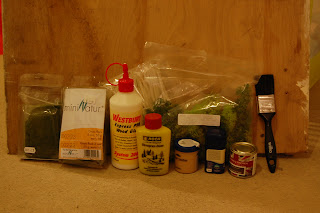At the end of May 1940, with the BEF in full retreat towards the channel ports, a ring of positions around Dunkirk represented the shield behind which thousands of men could board the ships to take them to safety. On the 25th May 1940, the 1st Buckinghamshire Battalion, The Oxfordshire & Buckinghamshire Light Infantry moved into Hazebrouck to defend the town and delay the German advance towards the channel. Over the next few days, the 1st Bucks defended so valiantly that the German Army said of them "the defenders of HAZEBROUCK not only delayed the advance, but resisted in a manner truly worthy of the highest traditions of the British Army."
I am a lifelong resident of Buckinghamshire in the UK, and I come from High Wycombe where the 1st Bucks was partially raised. If that were not enough, this is the very battalion in which my Grandfather served a generation earlier.
Will at The Plastic Soldier Company has been helping hugely by releasing a number of models in 15mm. Here are some of the the latest additions to my collection...
18/25 Pounder and limber from The Plastic Soldier Company (PSC). I understand
that 4 such guns supported the 1st Bucks at Hazebrouck.
This is an early StuG III. Most of this kit is the PSC StuG III, with the gun and
mantlet from the Zvezda kit. It's not 100% accurate, and there were few
enough StuG IIIs in France, but I like the kit!
A bit of a departure from France 1940 - I made this one just for fun.
My to-do list still includes 15mm Universal Carriers and German armoured cars, and I have a brace of other soft-skin vehicles to paint. More of these soon...
Bye for now.





















